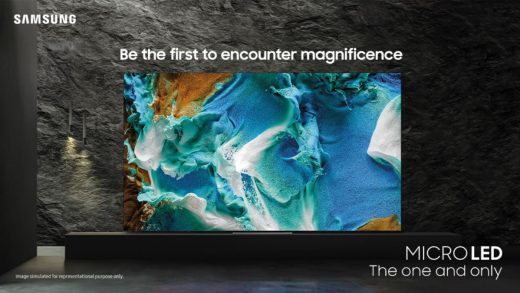
Apple reportedly renamed the operating system for its upcoming AR/VR headset.
Back in May an Apple-linked shell company trademarked RealityOS, and references to realityOS were found in App Store upload logs and Apple code. Bloomberg reported Apple is working on a realityOS client for FaceTime with face tracking driving Memoji avatars, a VR version of Maps, spatial versions of Notes and Calendar, the ability to view a Mac’s display in-headset, and AR/VR tools for developers.
Bloomberg’s Mark Gurman now cites “people with knowledge of the matter” as saying Apple recently changed the name of realityOS to xrOS. Interestingly, Meta reportedly scrapped development of a new operating system codenamed XROS early this year.
In August, an Apple-linked company filed to trademark ‘Reality One’, ‘Reality Pro’, and ‘Reality Processor’, suggesting the headset and its processor will be branded Apple Reality. But xrOS may also be the operating system for Apple’s Glasses, expected to launch much later in the decade.

Supply chain analyst Kuo claimed it will weigh noticeably less than current VR headsets and feature high resolution OLED microdisplays, while The Information has claimed it will be powered by the M2 chip seen in the latest MacBooks and feature hand tracking, eye tracking, face tracking, leg tracking and iris scanning for logins and payments.
So if reports so far are to be believed, Apple’s product will have higher resolution, a more powerful processor, more features, and a lighter design than Meta’s Quest Pro – though at a higher price. The Information and Bloomberg’s Mark Gurman have previously reported the product will be priced between $2000 and $3000.


